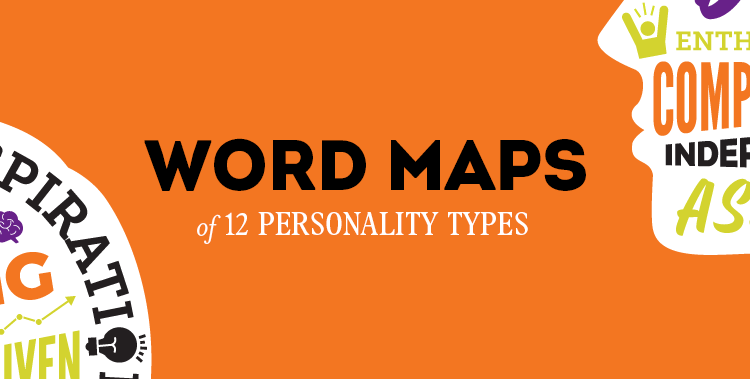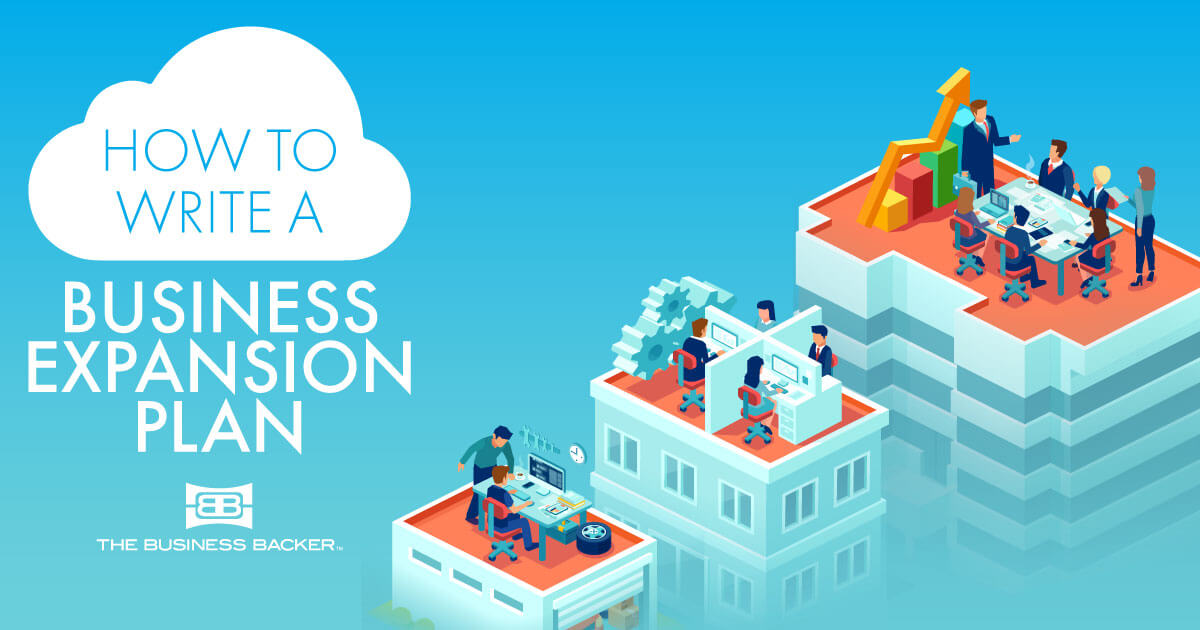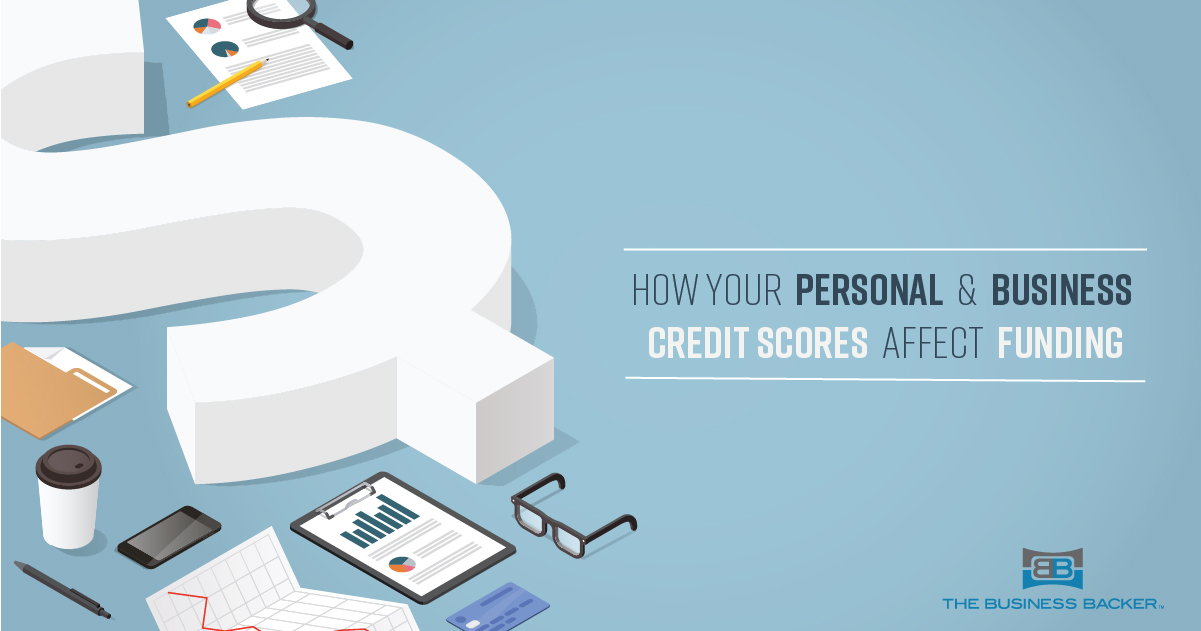Do You Know the Difference Between Working Capital and Growth Capital?
If your business is working well day to day, you probably already have a good grasp of concepts like cash flow, payroll and inventory management that you need to stay in the black. But in order to really grow, you’ll need to start thinking bigger. That means making sure you’re knowledgeable about how capital works. If you’re starting at the beginning, the first thing you’ll need to understand is the distinction between working capital and growth capital.
Working Capital
Put simply, working capital is what you use to keep the lights on. It’s defined as your assets divided by your liabilities, and it’s where a healthy business gets the money they need for expenses like payroll and purchases. When your working capital ratio is positive, that means you have cash coming in; when it’s negative, you’re losing money and could be in trouble.
What many people may not realize, though, is that having too much working capital is almost as bad as having too little. How’s that? Think of it this way: Once you’ve paid for everything you need to keep running smoothly, you have a decision. The extra revenue can go towards growing the business, or it can just sit there as cash in your coffers. Guess which one will make your company healthier in the long run? So what do you do with the extra capital? That’s where growth capital comes in.
Growth Capital
Savvy business owners take the extra cash left over from running the business and turn it into growth capital. That means taking that money and reinvesting it in the business, buying equipment, expanding space or just investing the funds so that they grow for future business needs. The important thing is to keep your growth capital distinct from your working capital — a common mistake inexperienced business owners make is to fund expansion with working capital. Though this may work over short periods of time, a little bad luck can suddenly leave a company unable to pay the bills, forcing costly cutbacks or bankruptcy, even if the business is profitable on paper.
When you’ve properly managed your working and growth capital, keeping the former in the black and the latter growing for your future, building out your business becomes much easier and less risky. Need to buy a new location, purchase equipment or acquire another company? You’ll be able to turn to your growth capital, either using it directly or leveraging it to get the business loans you need.





